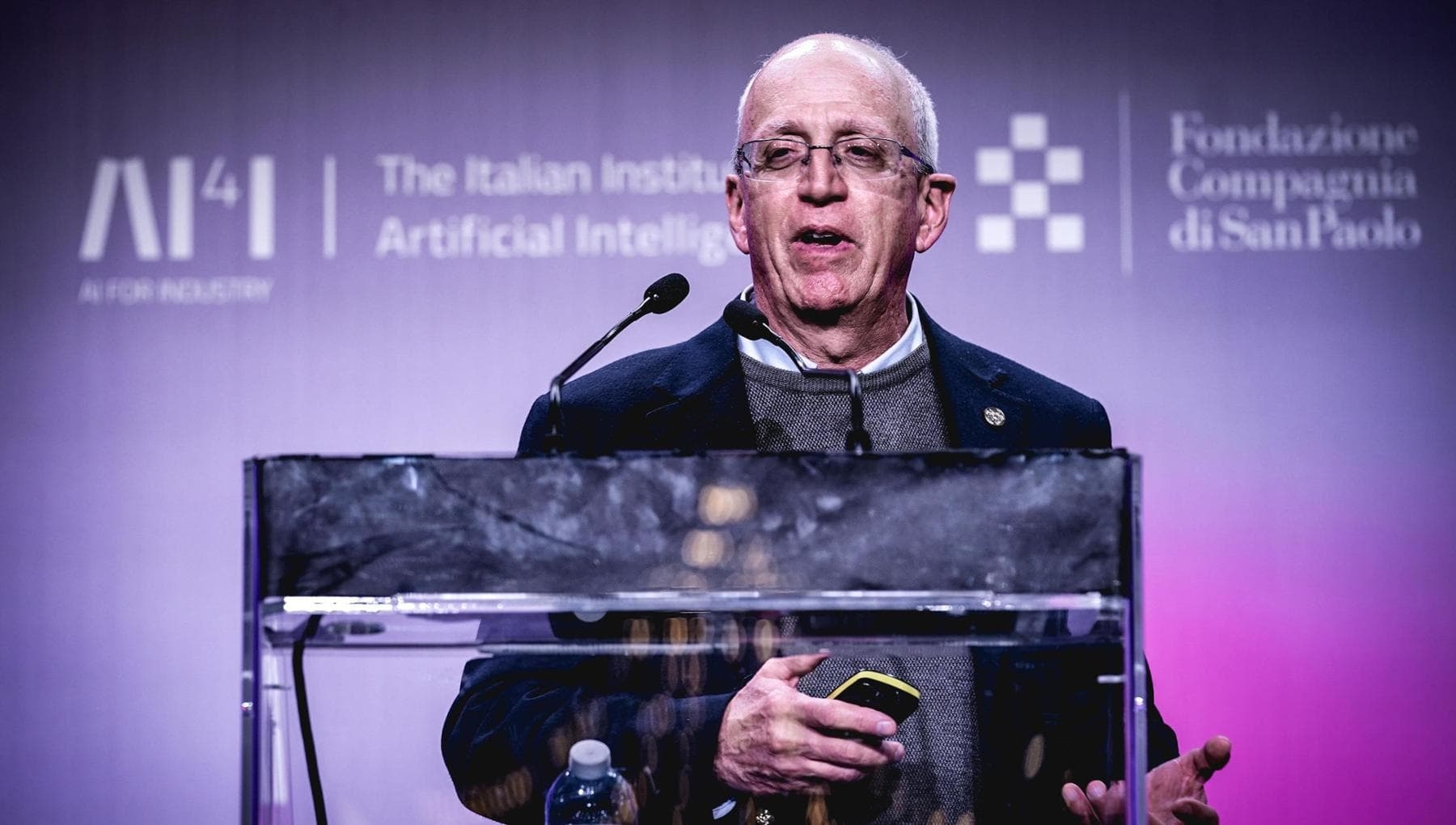Mr. Nvidia's lesson: "Reducing consumption and costs is the next challenge for AI."

One morning at breakfast, a colleague was telling me about a job to find cats online. While I was wondering who might be interested, I noticed it used 16,000 GPUs (computer graphics processing units, ed.), and I thought it could be done with much less, so I assigned one of my researchers to it, and he managed it with 48.
Among research, high-precision calculations and technology, Bill Dally , chief scientist and senior vice president for research at Nvidia , also includes this anecdote, which is funny, yes, but for him «at the basis of what has developed in Nvidia».
The scientific guru of the world's most capitalized company described it as a symbol of the need for efficiency, in the packed hall of the OGR in Turin for his keynote lecture in the CSP-IAS – Institute for Advanced Study program, promoted by the Italian Institute of Artificial Intelligence for Industry (AI4I) and the Compagnia di San Paolo, co-creator and co-organizer of the initiative.
The focus of his lecture will be the evolution of deep learning hardware and the transformations needed to support large-scale models and applications.
Dally emphasized how the orders-of-magnitude growth in computational power has enabled the sustainability of current artificial intelligence. The same intelligence, he admitted, that "we at Nvidia use every day to be more productive."
He cited work with Python , a high-level programming language, as an example: "The AI did something in 15 minutes that would have taken me hours. We don't have enough people to do everything. I also like to think that AI will be useful in education; all students could have an AI that helps them understand what drives them. A sort of AI tutor that helps you win the Superbowl."
In his lecture, he devoted considerable space to the challenges of energy efficiency and reducing data movement costs, as well as how modern AI has developed thanks to the exponential growth in computational capacity.
The efficiency of the models has improved, but the hardware remains the enabling factor, making programmability and flexibility key: "Over the last 12 years, we have improved hardware performance by 5,000 times."
Bally talked about the evolution of Nvidia GPUs, up to the latest generation, the Blackwell B200 , and also talked about 3D memories and disaggregated architectures.
The evening's conductor was Fabio Pammolli , president of AI4I, who introduced the lecture as a "rendezvous between knowledge development and technological development" with the awareness that "talent attracts talent."
Marco Pavone , from the AI4I Scientific Committee, was at his side. Speaking as key figures in Turin's innovation ecosystem were Marco Gilli , head of the Compagnia di San Paolo, Anna Maria Poggi , president of the CRT Foundation, Stefano Corgnati , rector of the Polytechnic University, and Marco Gay , leader of the Turin Industrialists' Union.
La Repubblica





